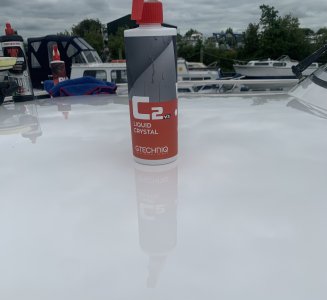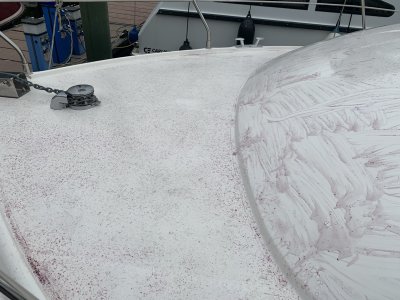Whopper
Member
A heavy cut foam pad with menzerna compound is the way I go. For sealing, my own view is that paste wax is way too laborious given the surface area on a boat and the fact that you’ll probably be polishing annually. Run with a spray sealant such as Getechniq C2V3 - very easy to apply and reapply mid season.
Another thing overlooked it proper decontamination. A decent iron fallout remover lifts a lot of contaminants, it’s amazing to see the results but not surprising given people are cutting steel etc in boat yards.
Another thing overlooked it proper decontamination. A decent iron fallout remover lifts a lot of contaminants, it’s amazing to see the results but not surprising given people are cutting steel etc in boat yards.


